
Unlocking the Full Potential of Selective-Laser-Sintering
Kommentare
Eine Antwort zu „Unlocking the Full Potential of Selective-Laser-Sintering“
-
[…] I mentioned in my last post about „Unlocking the full potential of Selective-Laser-Sintering“, lattice structures bring great advantages to 3D Printing/ Additive Manufacturing. They can be used […]


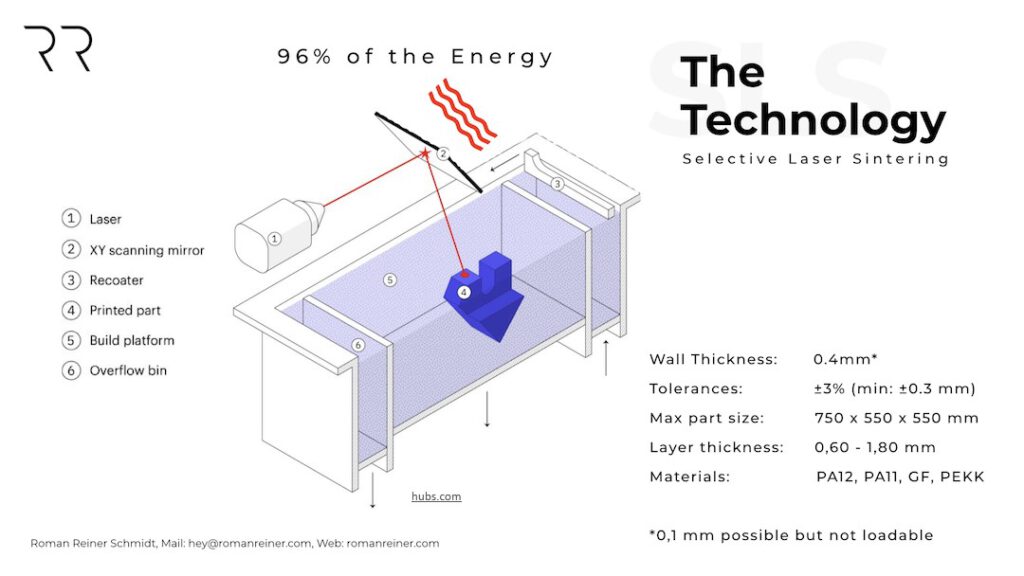

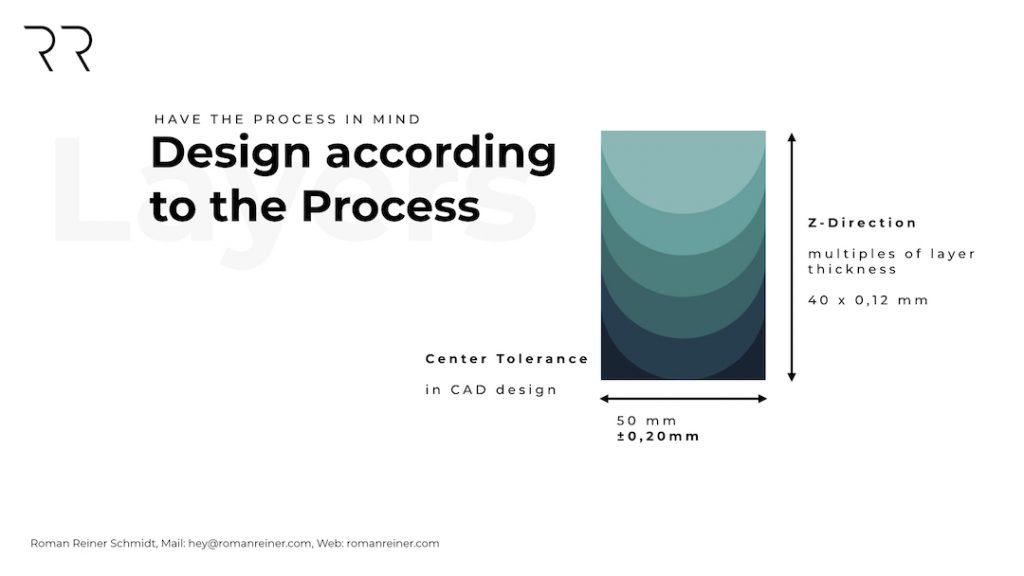
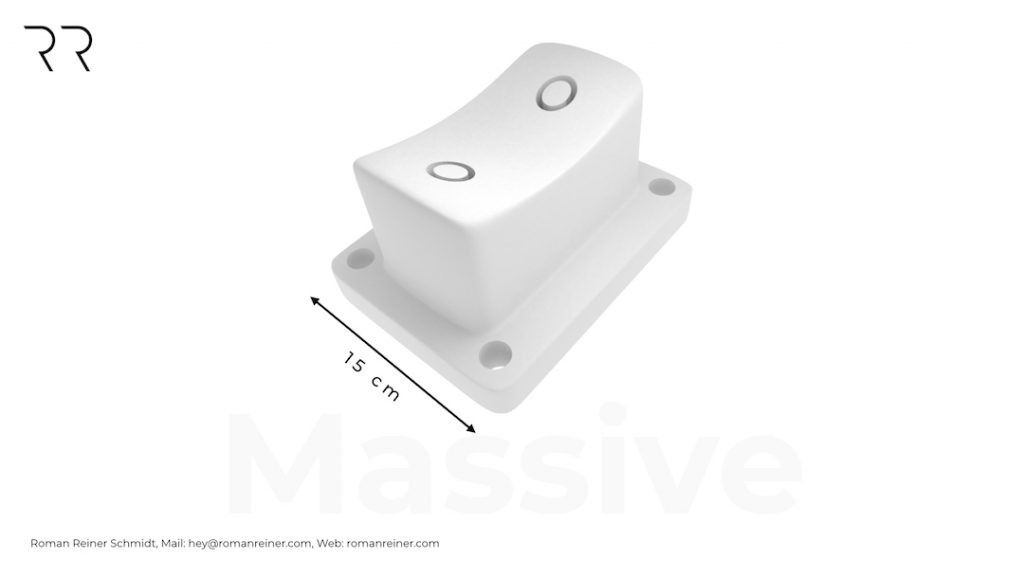
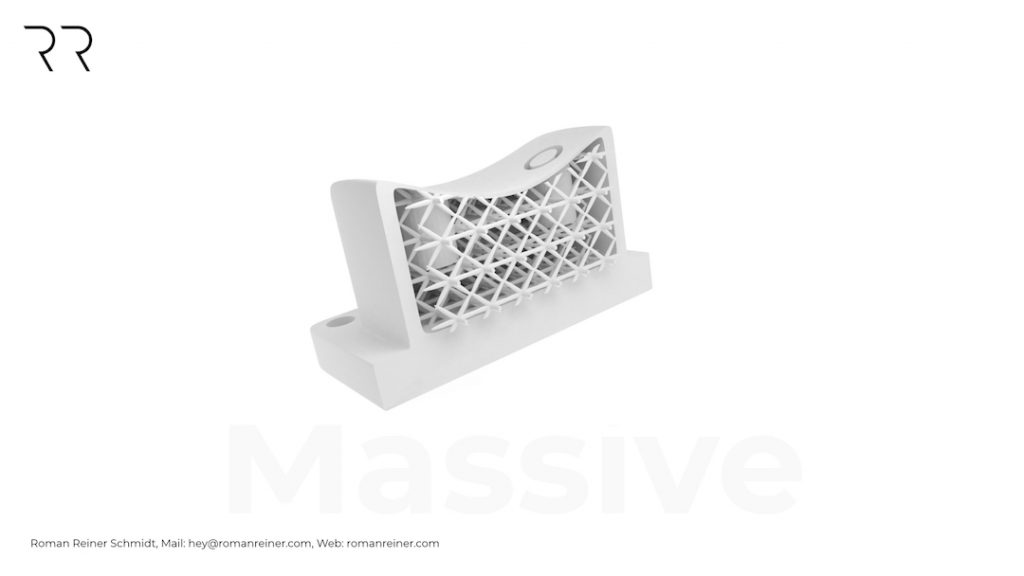



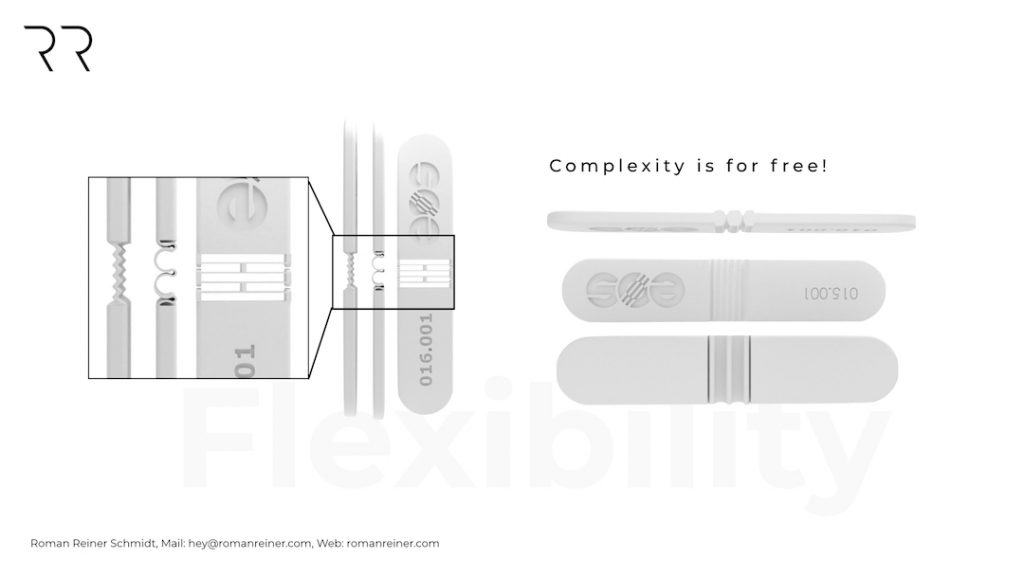




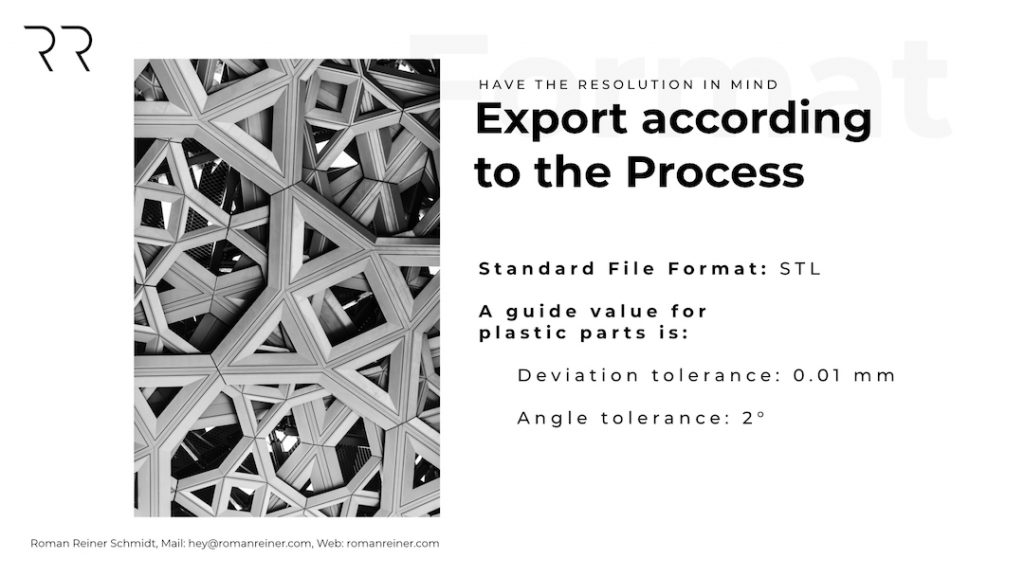

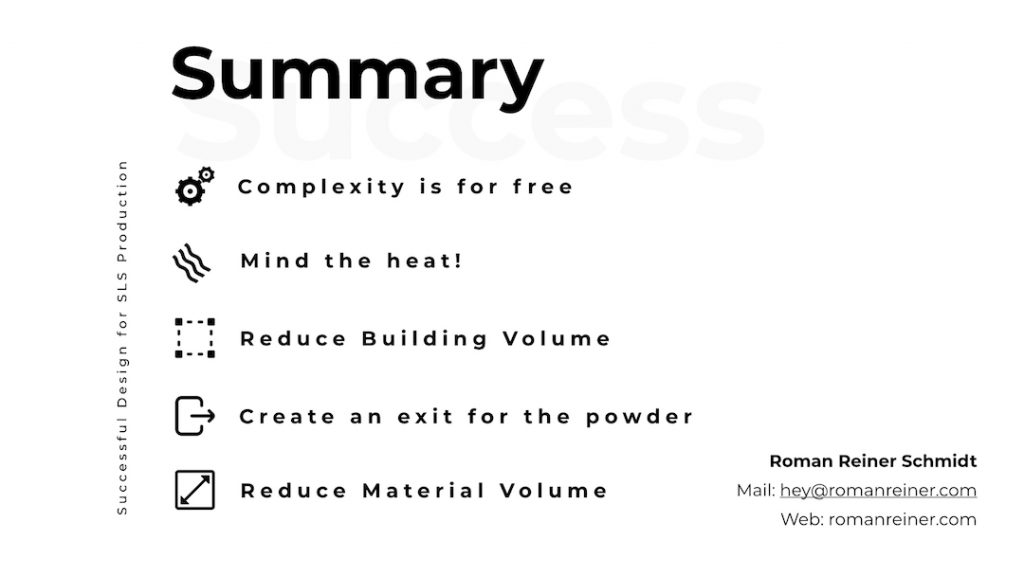
Schreibe einen Kommentar